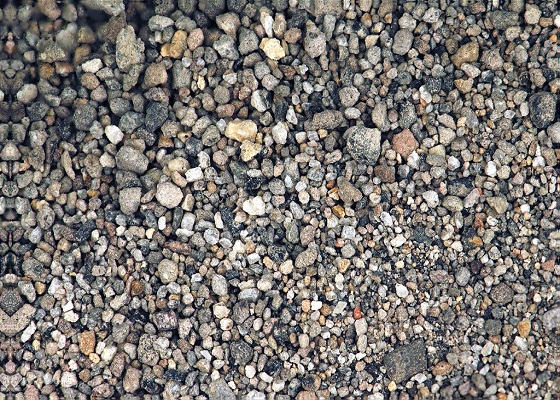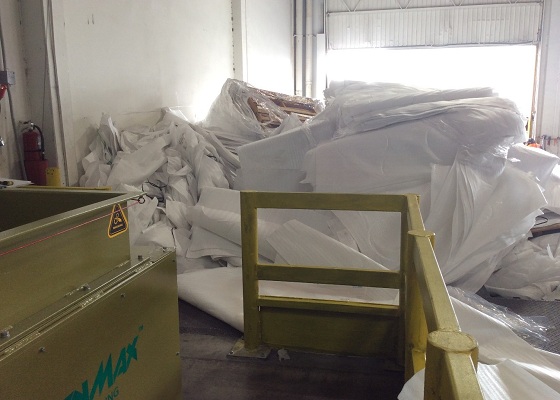Along the coast of Cornwall in the southwest of England, a group of British scientists discovered some strange cobblestones, which are obviously not made of rock, but some lightweight materials. Chemical analysis indicates that the putative pebbles consist of plastics such as polyethylene and polypropylene. Polyethylene is the most common plastic, also known as EPE.

EPE is commonly used for the packaging of products, such as the packaging of home appliances. Although EPE is a recyclable material, it is often discarded as a disposable in people’s lives. The appearance of fake pebbles also reminds us that too much EPE waste has entered the natural environment.

In fact, EPE is not only recyclable, but also profitable with recycling. The US home appliance company first partnered with INTCO Recycling to open the EPE recycling project.
INTCO first provided the professional EPE compactor to the home appliance company. This is a professional EPE recycling machine. It can perfectly squeeze high-density EPS block through screw hot-melt technology, reduce storage space, improve recycling efficiency and significantly reduce recycling cost.

Second, home appliance companies can sell EPS blocks to the end market, and some manufacturers will use EPE blocks to make photo frames and wood benches.
EPE enters the natural environment and can continue to cause pollution for hundreds of years. The recycled EPE can become a beautiful photo frame on the wall and a bench for park news. It is rubbish or material, and it is all about how to deal with it.